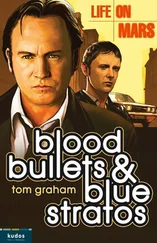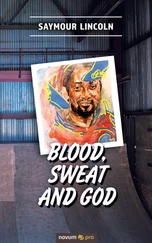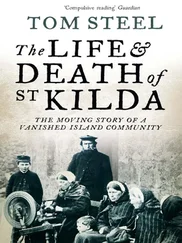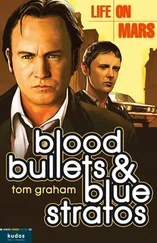 Safety Net
Safety Net
I’ve mentioned before how the ambulance service and the A&E department are often seen as a ‘safety net’ by other health-care providers. Both yesterday and today we had perfect examples of this.
Yesterday we were called by a 70-year-old man with a urinary catheter which had blocked. This is a fairly simple thing to solve as it just needs a flush of water up the catheter to clear the blockage. It’s a 5-minute job that we, as ambulance crews, aren’t allowed to do. However it is the sort of job that district nurses are supposed to do.
So why hadn’t a district nurse been to see the patient so that she could flush the catheter and prevent the patient from having to attend A&E? Why was the patient, who had phoned up the nurse himself, and told her exactly what he needed doing, forced to call an ambulance?
Because the nurse didn’t have any water to actually flush the catheter. It’s a bit like if I turned up to someone having an asthma attack, and didn’t have any oxygen to give them.
So the district nurse told the patient to dial 999 for an ambulance. We arrived and found him with a bladder so full it was causing him severe pain. We took him into Newham hospital, who, within minutes, had cleared his catheter, and eased his pain. They gave him a ‘takeaway’ bottle of water so that the district nurse wouldn’t have an excuse the next time she needed to visit him.
Today, we were called to a patient who needed his anti-Parkinson’s disease medication. He had a carer, who was supposed to visit him once a day to clean and arrange his medication. But for the last 2 days, because the ‘carer’ couldn’t get in touch with the patient’s GP, she’d just left him without his medication. We turned up, not knowing what we could do to help. The flat in which the patient was living is brand new, and yet was already very untidy. The patient told me that he was lucky if the carer spent longer than 5 minutes with him (the carer is contracted to work with him for an hour a day).
This poor man was left, alone and shaking, with a carer who seemed to think that if she ignored this ‘problem’ it would soon go away. So, we did the only thing that we could: we took him to hospital, so that they could sort out his medication for him. Meanwhile I filled in an ‘LA260’ which is a ‘vulnerable adults’ form and allows the LAS to bring situations of abuse, and potential abuse, to the attention of the local social services. They now have the name of the care agency, and this problem can be solved before it repeats itself in a month’s time.
Hopefully, someone will get a bollocking, and our patient will get a carer who actually cares for him.
It often feels that we, and the local A&E departments, are left to do the jobs that other people should be doing, but because we are there, these other agencies don’t seem to care about doing a competent job. I’m aware that there are probably loads of health visitors/social workers/district nurse/CPNs and GPs who do actually give a damn about their patients – it’s just that we never seem to meet them.
I never did get any feedback from the LA260 that I filled in – normally you get a little note sent to you explaining what has been done to resolve the situation.
 A Hidden Pregnancy
A Hidden Pregnancy
Our ‘interesting’ call of last night was a Matern-a-taxi. What, I hear you ask could be interesting about taking a pregnant woman 1.2 miles into the local maternity department?
Well, apart from the patient, no-one else knew that she was pregnant – she had been hiding the pregnancy from everyone. She hadn’t seen a doctor; neither had she booked into a maternity department. Her family suspected nothing. It’s not as if she were a ‘large’ woman, who could perhaps hide the tell-tale bump under the pretence of fat. She was actually rather slender, which leads me to ask how she could hide her rather obvious pregnancy from everyone.
When my crewmate spoke to her (I was driving), she told him that she had hoped that the pregnancy would ‘go away’.
We tried to prewarn the maternity department that we were coming (because she was quite close to actually delivering the baby), but they hung up the phone twice on our Control. The problem is that the entrance to the maternity department is locked at night, and we need someone to come down and open it for us. So … we were left standing around outside the department waiting for the midwives to phone for a porter to traipse the length of the hospital to come and open the door for us (as opposed to one of the midwives walking down the stairs and opening the door).
By the time we got in the patient was starting to bleed, and we were getting more irate at the apparent ignorance of the midwives.
So, tonight we are going to put in a ‘clinical incident report’ to highlight the danger that standing outside the maternity department for 10 minutes while they arrange a porter puts the patient in.
One of the people on complex has had to deliver a baby in the back of their ambulance while they were waiting for the doors to be opened, so something needs to be done.
 Upsetting
Upsetting
Three of our jobs today had the potential to be upsetting, and while they were all sad, only one seriously upset me, and did so in a way I consider rather out of character for myself.
The first job of the day was to an 86-year-old female in a nursing home with a ‘blocked nose’: we raced around there because … well … it was a Category ‘A’ call and those are the top-priority ‘get there in 8 minutes to please the government target’ calls.
Just as we pulled up outside Control let us know that the patient was upgraded to a ‘Suspended’ (no pulse, no breathing), and sure enough we ran into the home to be greeting by a FRU who was doing CPR. I jumped down and did a round of chest compressions, which cracked her ribs (a recognised side-effect of effective CPR), and then noticed that on the cardiac monitoring machine her heart rhythm had changed. She had a pulse! … People don’t normally get a pulse back from cardiac arrests of her particular type. We rushed her to the hospital, where a full cardiac arrest team was assembled. Her pulse was lost, and then returned. Unfortunately, her prognosis was poor, but she stayed alive long enough for her daughter to reach the hospital. She died with her daughter there, which is a small victory, but one that we are getting more used to.
The second potentially upsetting job was to a 1-year-old boy who had pulled some boiling milk on top of him. We turned up to find about 20 police officers on scene, and the HEMS helicopter circling above. The same FRU responder was there and the child had around 10% partial thickness burns to parts of the neck and chest. While nasty, this wasn’t immediately life-threatening, but the HEMS doctor who turned up decided that it would be best to take the patient to the Paediatric Burns Unit at Chelsea and Westminster Hospital by helicopter. As the helicopter could get the child there in under 20 minutes it seemed like the right plan of action. My job during this call was to (1) hold onto the other two toddlers in the house, (2) mix up some paracetamol for the child, and (3) drive child and doctor to the helicopter, which was around 300 yards away. The job was interesting because she was the type of parent who thought it was a good idea to wedge a settee into the hallway to stop her children from falling down the stairs …
Читать дальше
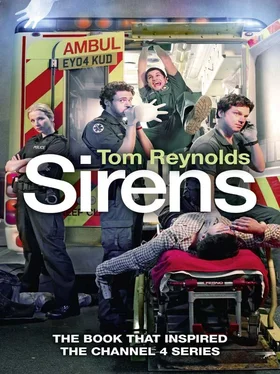
 Safety Net
Safety Net